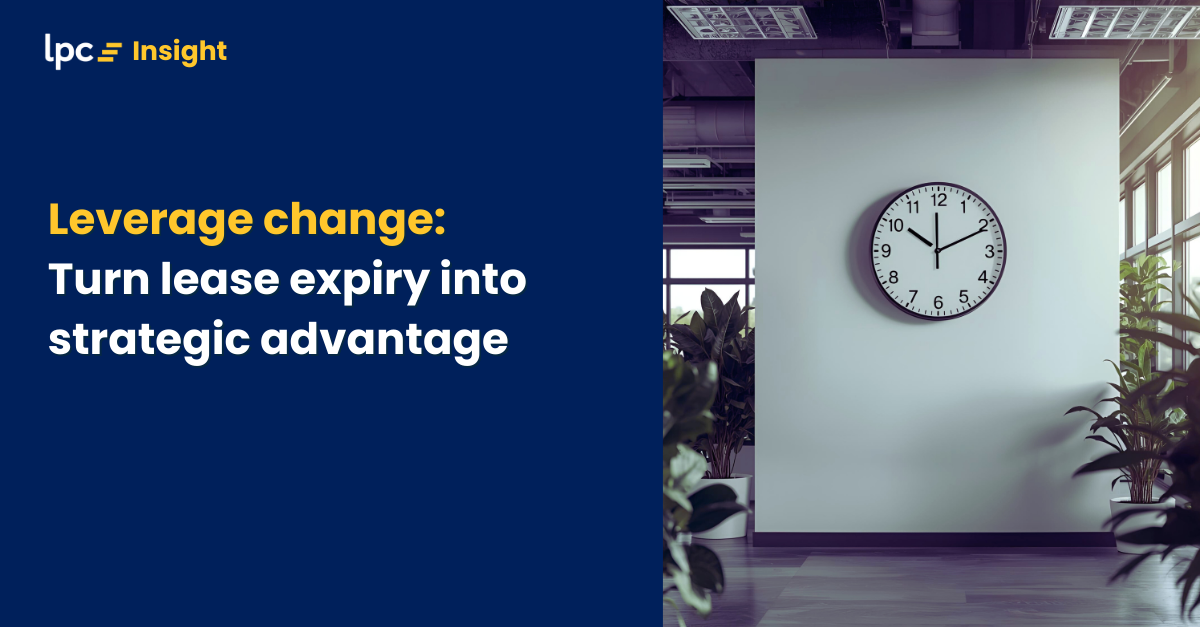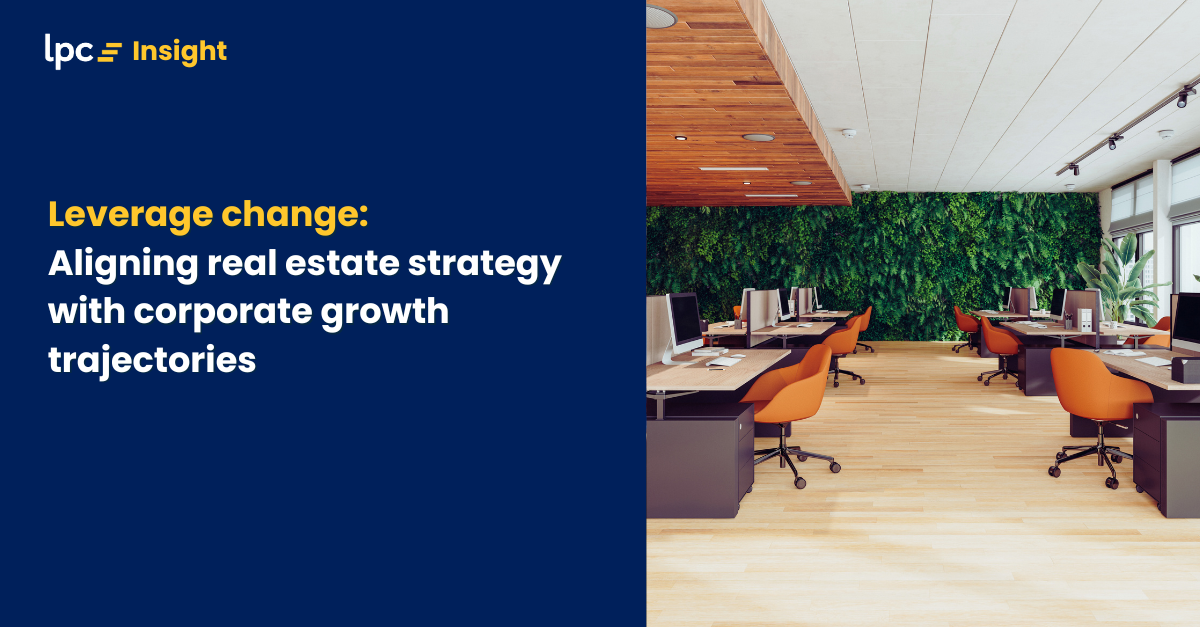Globally retail tenants have been hard-hit by the pandemic as online shopping has grown, lockdowns resulted in store closures for extended time periods, and changing consumer buying habits affected certain sectors. As part of our “Reset” focus, we have been working with our retail tenant clients to relook their property strategies in the face of these changes. There is always opportunity in crisis, and the current market means we can potentially relook rental models and negotiate terms that do not only favour landlords. In this article we will be looking at the turnover rent model (also known as “percentage rent”) and its benefit to tenants.
“In the current retail climate, turnover based rent has been brought to the forefront,” says LPC Director Adrian Gerber. “Landlords are being pressured to consider the model for commercial properties and some are more open in an effort to avoid vacancies”.
Traditionally commercial landlords (and their financiers) have favoured fixed-term, fixed-rent leases with built in rent review increases. Whilst this creates more certainty for the landlord and tenant, in today’s fast-paced and ever-changing retail world the model is somewhat outdated.
That being said, some landlords will not currently engage in negotiations. Certain landlords and listed organisations such as Vicinity and Scentre (who operate Westfield malls) are reticent to move to turnover models as they are answerable to shareholders and financiers who do not want them taking on retailers risk. As retail vacancy rates increase we may see them more open in the future, but there are certainly other landlords who are considering the model. Global trends are also an indicator of change with an uptake in the model in Europe and the UK, and with large retail landlords like Legal and General offering these leases to all tenants.
What is turnover rent ?
In this leasing model, instead of a fixed rent the rent is calculated based on the turnover (sales) of the retail tenant. There are three different variations of the model:
- Fixed base rental (market rates) plus a fee or percentage calculated on turnover
- Fixed base plus a percentage over a predetermined turnover cap
- Rental is calculated purely on turnover with an agreed minimum guarantee
Typically, turnover is based on the annual rental amount of the previous accounting period, or by proven turnover with a certificate. Some portfolio and lease management systems, such as that used by LPC, can collect and provide turnover figures on a daily basis. This has the benefit of accuracy but also the ability to adjust rent quickly with increases or decreases in turnover.
Some tenants have concerns over the confidentiality of the turnover information provided. It is important to note that in Australia it is a legal requirement for the landlord to keep the information confidential with a few exceptional circumstances (which vary state by state). These should be detailed in the lease agreement.
How do turnover rent agreements benefit tenants?
The significant benefit to tenants is that the rental model helps them to weather any retail storms by having decreased rent in difficult periods. With the volatility of the retail market, this helps tenants to manage cashflow during difficult times, and to survive any downturn.
Says LPC’ Director Ken Lam, “With landlords sharing the risk, they have an obvious incentive to provide additional support and promotion of their tenants - if their tenants do better, they get more rent. These leases can foster a sense of partnership between tenant and landlord.”
Considerations for tenants
Calculations
The lease should be extremely clear on exactly how turnover is calculated. It’s important to note that in Australia the definition of turnover varies by state and territory, so retailers with multiple sites in different states need to be clear on how it is determined for each store.
Online Purchases
A regular point of contention is whether online purchases should be included in turnover figures eg in the case of stores with a “click and collect” facility, or where online purchases are dispatched from particular stores.
Additional administration
Providing accurate turnover figures on a regular basis (especially across multiple sites) will mean an increase in administration and financial management for the tenant. Outsourcing this to tenant representatives such as LPC is an option that negates the need for additional resource within the business.
Why LPC?
At LPC, we partner with tenants and occupiers across Australia and New Zealand to optimise their office, industrial and retail property portfolios providing an integrated suite of services including transaction management, portfolio and lease management and project management. We provide conflict-free advice and representation, meaning we have no ties with owner-developers or landlords. Tenants and occupiers interests remain at the core of what we do as we negotiate on your behalf and endeavour to rebalance the scales in a market which favours landlords.
Follow us on LinkedIn or subscribe to our email updates.


